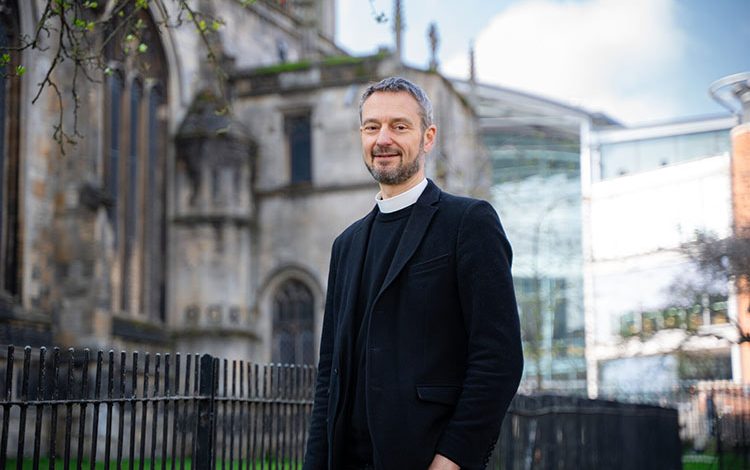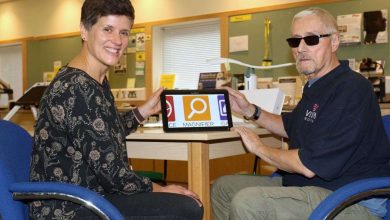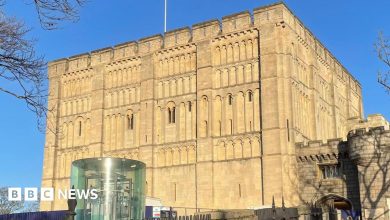Norwich church begins huge environmental project

St Peter Mancroft Church in Norwich is undergoing a major environmental project to reduce its carbon footprint and energy use. The project includes replacing the entire interior lighting system, installing heat pumps, batteries, and solar panels. It is expected to result in an 84% reduction in emissions, saving 60 tonnes of CO2 annually. This initiative aligns with the Church of England’s goal to reach net zero carbon by 2030, as approved by the General Synod in July 2022.
The Bishop of Norwich, the Rt Rev Graham Usher, who is the lead bishop for the environment for the Church of England, commended the clergy and congregation at St Peter Mancroft for their commitment to achieving net zero carbon. The project at the historic Grade 1 listed church began in 2017 when it was recognized that the outdated lighting system needed an update. The installation of LED lighting, heat pumps, and batteries is expected to be completed by the end of June 2024, with solar panels already being installed on the southern roof.
Rev Canon Edward Carter, the Vicar of St Peter Mancroft church, played a key role in initiating the environmental project. The funding for the project has primarily come from a generous legacy, support from grant-giving bodies, and the church’s own resources. The project has been overseen by Nicholas Jackson, a conservation-accredited building surveyor and architectural designer, who is also the church’s fabric officer and the Managing Director of Nicholas Vanburgh Ltd. The team at St Peter Mancroft aims to minimize disruption to the congregation and the general public throughout the project.
The church has been selected as a national demonstrator project, which means that its experience and learnings will be shared with other church communities. The project at St Peter Mancroft is also being filmed to serve as a resource for other parishes looking to implement similar environmental initiatives. The team is proud to contribute to the Church of England’s top priorities and hopes to inspire other churches and communities to follow suit in reducing their carbon footprint.








